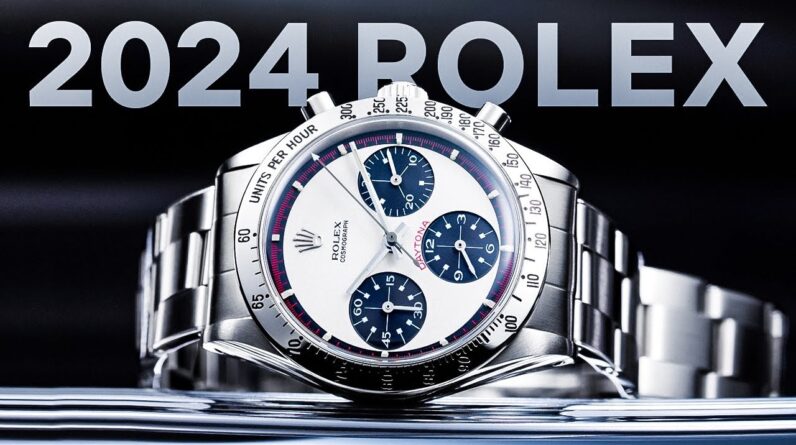
Don’t forget to SUBSCRIBE and COMMENT if you enjoyed this video!
Thank you, London Jewelers, for sponsoring this video!
Explore London Jewelers’ massive collection of watches and jewelry: http://bit.ly/london-jewelers-home
It may seem simple…buying a luxury watch. You walk up to the counter and say “I’d like to buy this Grand Seiko or this IWC or this Nomos or this JLC” and the store clerk says “Wait which one do you want?” and boom done. However not all watches are the same! There are $10,000 dollar watches not pulling their weight and there are $1,000 watches that can pull 10x their weight! How can you tell them apart? There are TON of different ways, Christian outlines 3 and tells you the biggest sham a lot of watch makers try and do!
Instagram: https://www.instagram.com/theoandharris/
Partnership contact: michael@theoandharris.com
Watch inquiries: info@theoandharris.com
#iwc #nomos #piaget
Today, Christian dives into three of the ways YOU can tell which watches are worth your time (see what I did there? Time? Because we’re talking about…forget it).
The first subject is finishing. Although we tend to associate the term with referring to the outside of the watch, specifically the case and bracelet, it can really refer to everything from the hands to the dial markers to the movement, and just about any other surface on or in your watch. Grand Seiko is one such brand whose commitment to finishing is second to none, alongside Piaget with superb bezel finishing and movement execution. How much attention is paid to finishing? That’s the almighty question.
Second, we have movement execution with technical innovation and mechanics. How much attention has the manufacturer paid to the movement powering the watch? That’s the question here, with a focus not strictly speaking on in-house versus off the shelf, but on the modifications to an off the shelf movement, or the genius ingenuity behind a really interesting in-house movement, like the one found in the NOMOS Zurich World Time (which, yes, is technically a GMT). That’s a crazy well designed movement for less than the price of a modern Submariner (far less, in fact). In this case, NOMOS goes above and beyond to execute something truly special in a price point that doesn’t often see something that special.
Third and finally, we have brand history and prestige. This one can be a bit of an easy out for a brand trying to sell a “meh” kind of watch. A mediocre watch is still a mediocre watch, and you shouldn’t let its connection to something historical or relevant drive your decision making alone. Not that every historically significant watch is mediocre, of course, simply that there are plenty of cases where a brand might use that connection to over-sell a watch that doesn’t on material value alone justify its price point. So while it’s certainly an important part of the decision making process, let not historical provenance drive you.







